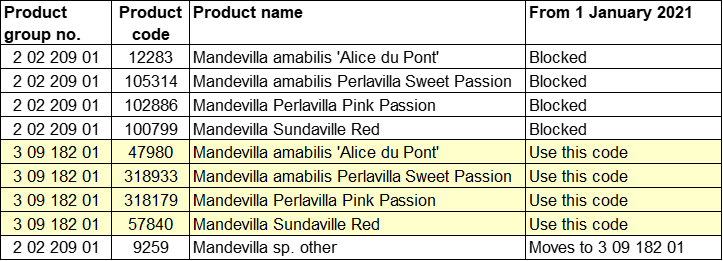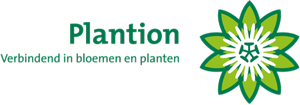As of January 1, 2025, splitting of the characteristic Pot material (outer pot-cultivation pot) and introduction a own charactericstic plant height ranges (I02)
The following changes will come into effect on January 1, 2025.
- Splitting of the characteristic S53 Pot material into 2 characteristics: S53 Pot material outer pot and S99 Pot material cultivation pot.
- Introduction of characteristic I02 for the plant height ranges.
Ad 1 The main reason to split characteristic S53 is that only one value can be given per characteristic. By splitting, both the material of the outer pot (S53) and the cultivation pot (S99) can be given.
Ad 2 Characteristic I02 (minimum plant height incl. pot, ranges) is created so that the existing values regarding ranges in plant height get their own characteristic, specifically intended for the Tree nursery. The values regarding the ranges will be transferred from characteristic S02 to characteristic I02.
As of 1 January 2025, you can use characteristic S53 (pot material outer pot) and characteristic S99 (pot material cultivation pot) to specify the material of the outer pot and the cultivation pot. In addition, you can use the additional characteristic I02 to specify ranges in plant height, in addition to the existing characteristic S02 (minimum plant height including pot).







